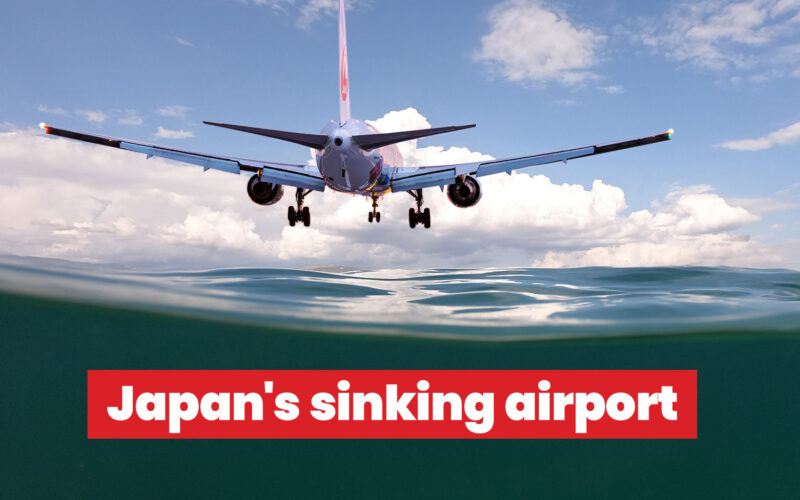When Japan’s Kansai International Airport (KIX) opened in 1994, it was considered an engineering marvel. It is the world’s only truly floating airport and required an investment of more than $20bn to construct.
Thirty years later, Kansai has become a hub for many major airlines and freight carriers. In 2025, it will be served by almost 70 different passenger carriers and over 20 cargo airlines.
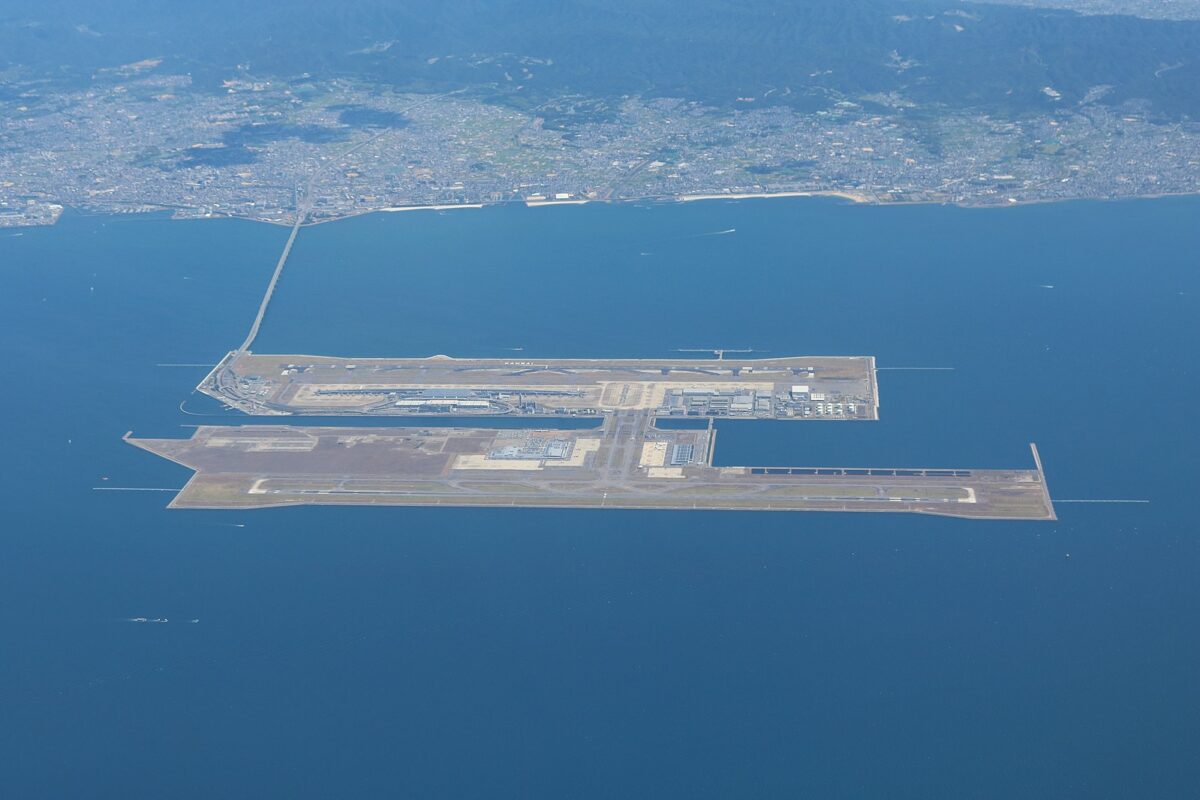
Statista states it is Japan’s third busiest airport, just behind Haneda (HND) and Narita (NRT) in Tokyo. Last year, there were 169,774 aircraft movements (arrivals and departures) serving 25.9 million passengers, not quite up to the 29.4 million who traveled pre-pandemic, but well on the way.
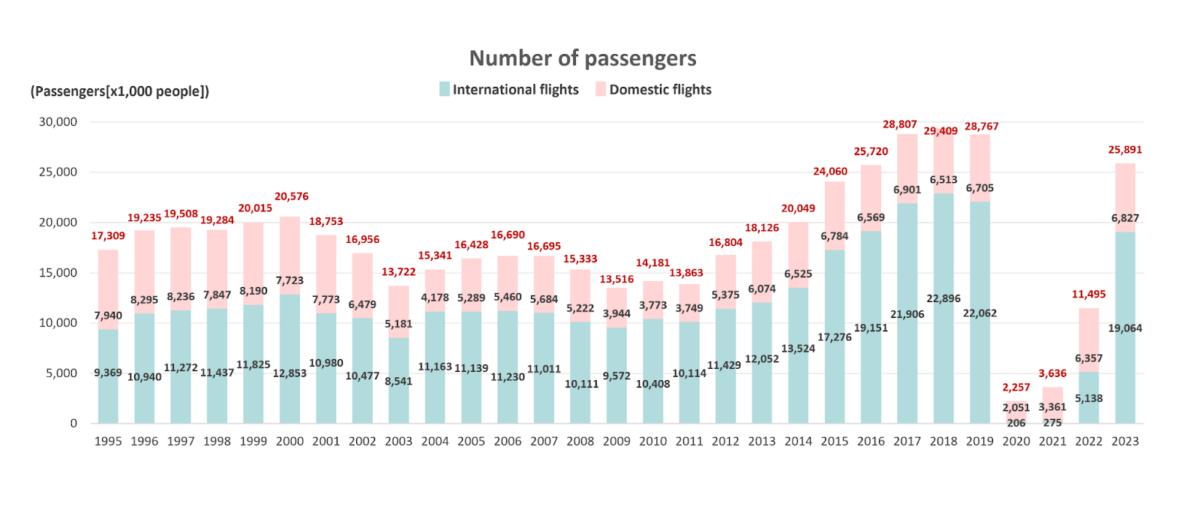
However, there is a problem. Kansai is sinking into the sea at a faster rate than engineers predicted. We take a look at why, and how long it will take before the airport disappears.
| Kansai International Airport statistics | |
| Airport codes | IATA: KIX, ICAO: RJBB, WMO: 47774 |
| Operator | Kansai Airports (Orix-Vinci consortium) |
| Runways | Runway A: 3,500mRunway B: 4,000m |
| Passengers (2023) | 25.9 million |
| Airline hub | ANA, FedEx Express, Japan Airlines, Jetstar Japan, Nippon Cargo, Peach Aviation |

Kansai Airport’s sinking problem
Kansai Airport was built to relieve overcrowding at the first airport in Osaka’s Itami Airport (ITM). With nowhere left on land to expand, the decision was made to construct this new airport in Osaka Bay, where its offshore location wouldn’t disturb local residents.
One of the biggest challenges was constructing the island in water that was more than 60 feet deep. The seabed here is made from alluvial clay – loose clay interspersed with other materials. Engineers knew it would sink down as the weight of the artificial island compacted the clay, and used sand drains to speed up the sinking process.
Even before the airport opened, the engineers realized they’d been a little conservative in their sinking estimates. Having started construction in 1987, by 1990 it had sunk 27 feet, 50% more than the expected 19 feet, according to Smithsonian Magazine.
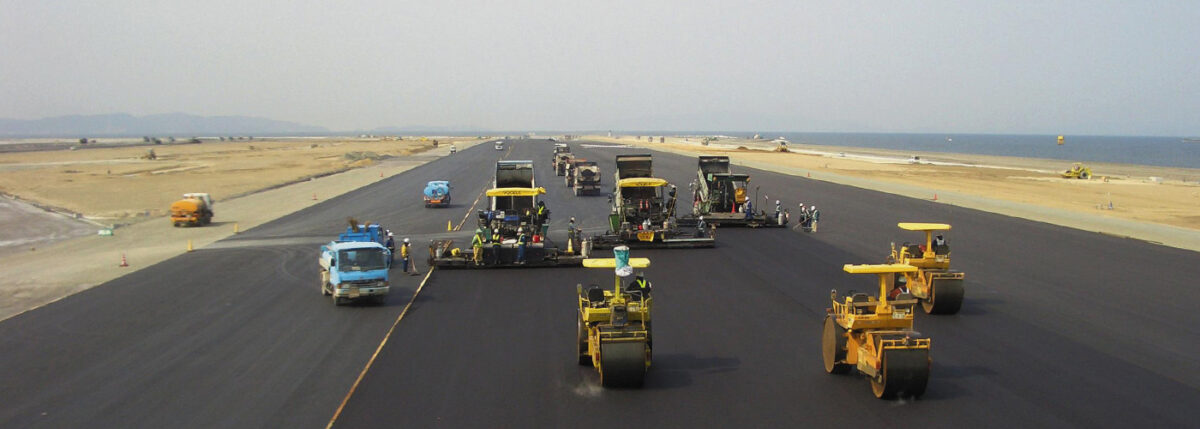
To slow down the process, a further $150 million has been spent on strengthening and raising the seawall surrounding the airport. Hydraulic jacks have been installed with iron plates which can raise the foundation in stages, but adjusting them every couple of years is costly and complex.
The sinking has slowed. At opening, in 1994, the rate of sinking was more than 19 inches per year. By 2008, this had slowed to 2.8 inches a year. However, the airport remains at risk, with some engineers predicting that sections could be below sea level as soon as 2056.
Why is Kansai Airport sinking?
Several factors are contributing to Kansai Airport sinking into the sea. For example:
- The composition of the seabed: Underneath the airport, the seabed is made up of loose clay and silt, which will compress and settle when weight is applied.
- The weight of the infrastructure: It’s not the terminal buildings and aircraft that are pushing Kansai into the ground, but the 69.5 square miles of fill that form the islands.
- The way it was built: The island was created by dredging up millions of tons of soil and rock and piling it onto the seabed. This didn’t fully consolidate the soft sediment before construction began, leaving it prone to long-term settlement.
- Underestimated settlement rates: Engineers underestimated sinking rates in the early days of the project, which has continued to cause problems through the years.
Engineers knew the airport islands would sink after construction. However, the rate is faster and deeper than anticipated.
How much time is left for Japan’s Kansai Airport?
Despite the sinking problem, Kansai Airport is not expected to become unusable anytime soon, thanks to the ongoing efforts to keep it above water. However, these measures are expensive and challenging to maintain.
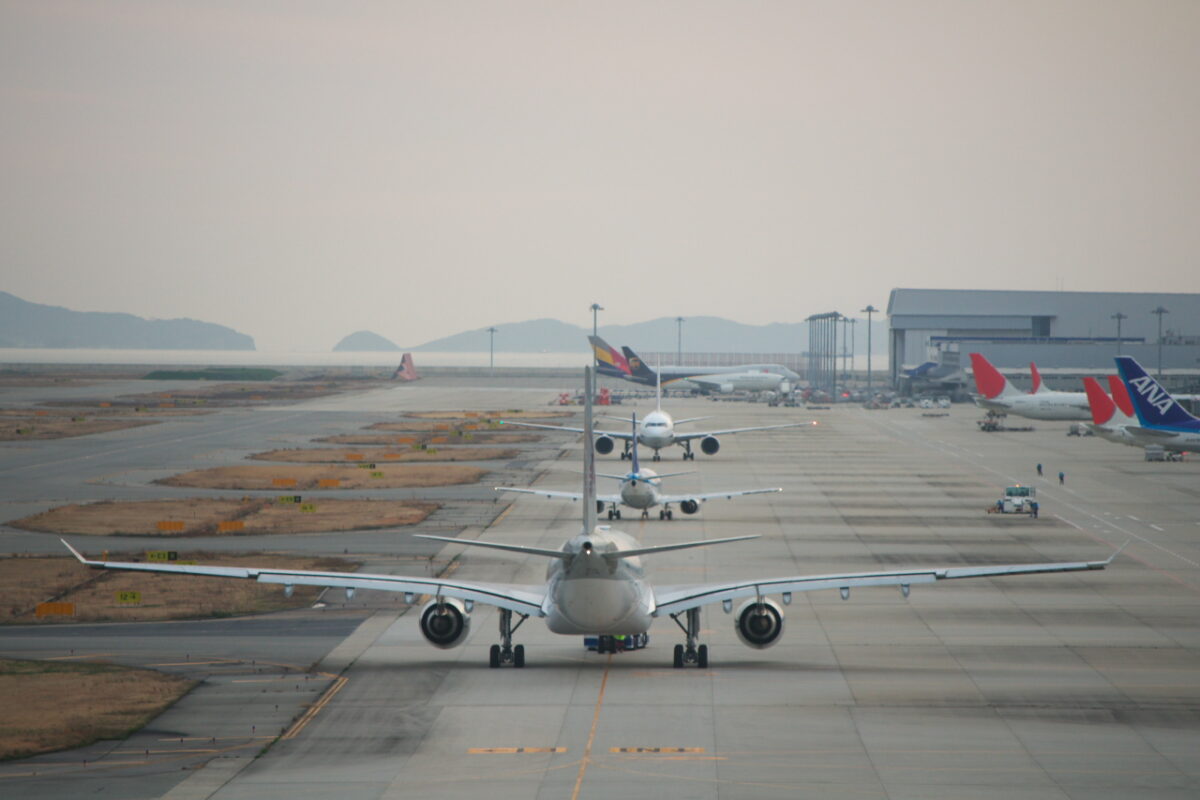
Current projections estimate the sinking will continue to decelerate. The airport operator says that, in 2023, the sink rate was down to just 2.3 inches a year. But the sinking is not even across the site, creating further headaches for the engineers.
Climate change presents another risk for Kansai. Already the airport is in an area prone to storm surges and typhoons, not to mention earthquakes. The devastating floods caused by Typhoon Jebi in 2018 are evidence of the delicate balance required to keep the airport operational.
Nevertheless, the outlook for Kansai is positive, with the airport investing in expansion to take its capacity to 40 million passengers a year. Although the task of keeping Kansai above water is expensive and challenging, the airport should remain functional for many decades to come.

